

| Cruise Region : Europe |
| Company : Viva Cruises |
| Ship : VIVA TWO |
| Journey Start : կիր 06 սեպ 2026 |
| Journey End : հնգ 17 սեպ 2026 |
| Count Nights : 11 nights |
| Day | Date | Port | Arrival | Departure |
|---|---|---|---|---|
| 1 | 6.09 կիր | Պասաու / Germany | 15:00 | |
| 2 | 7.09 երկ | Բրատիսլավա / Slovakia | 15:00 | 19:00 |
| 3 | 8.09 երք | Կալոսա / Hungary | 13:00 | 13:30 |
| 3 | 8.09 երք | Մոհաչ / Hungary | 17:30 | 18:00 |
| 3 | 8.09 երք | Ալջմաս | 21:00 | 22:00 |
| 4 | 9.09 չրք | Բելգրադ / Serbia | 08:30 | 22:00 |
| 5 | 10.09 հնգ | Երկաթե դարպաս | 08:30 | 08:40 |
| 5 | 10.09 հնգ | Դոնժի Միլանովաց / Serbia | 10:30 | 14:00 |
| 6 | 11.09 ուր | Նովի Սադ / Serbia | 09:00 | 13:00 |
| 6 | 11.09 ուր | Իլոկ / Croatia | 16:00 | |
| 7 | 12.09 շբթ | Ալջմաս | 08:30 | 12:00 |
| 7 | 12.09 շբթ | Իլոկ / Croatia | 03:00 | |
| 8 | 13.09 կիր | Բուդապեշտ / Hungary | 08:00 | 19:00 |
| 9 | 14.09 երկ | Հայնբուրգ ան դեր Դոնաու | 14:00 | 23:59 |
| 10 | 15.09 երք | Երակային / Austria | 05:00 | 23:30 |
| 11 | 16.09 չրք | Դուրնշտեյնը / Austria | 08:00 | 08:30 |
| 11 | 16.09 չրք | Մելք / Austria | 11:30 | 14:00 |
| 12 | 17.09 հնգ | Պասաու / Germany | 08:00 |
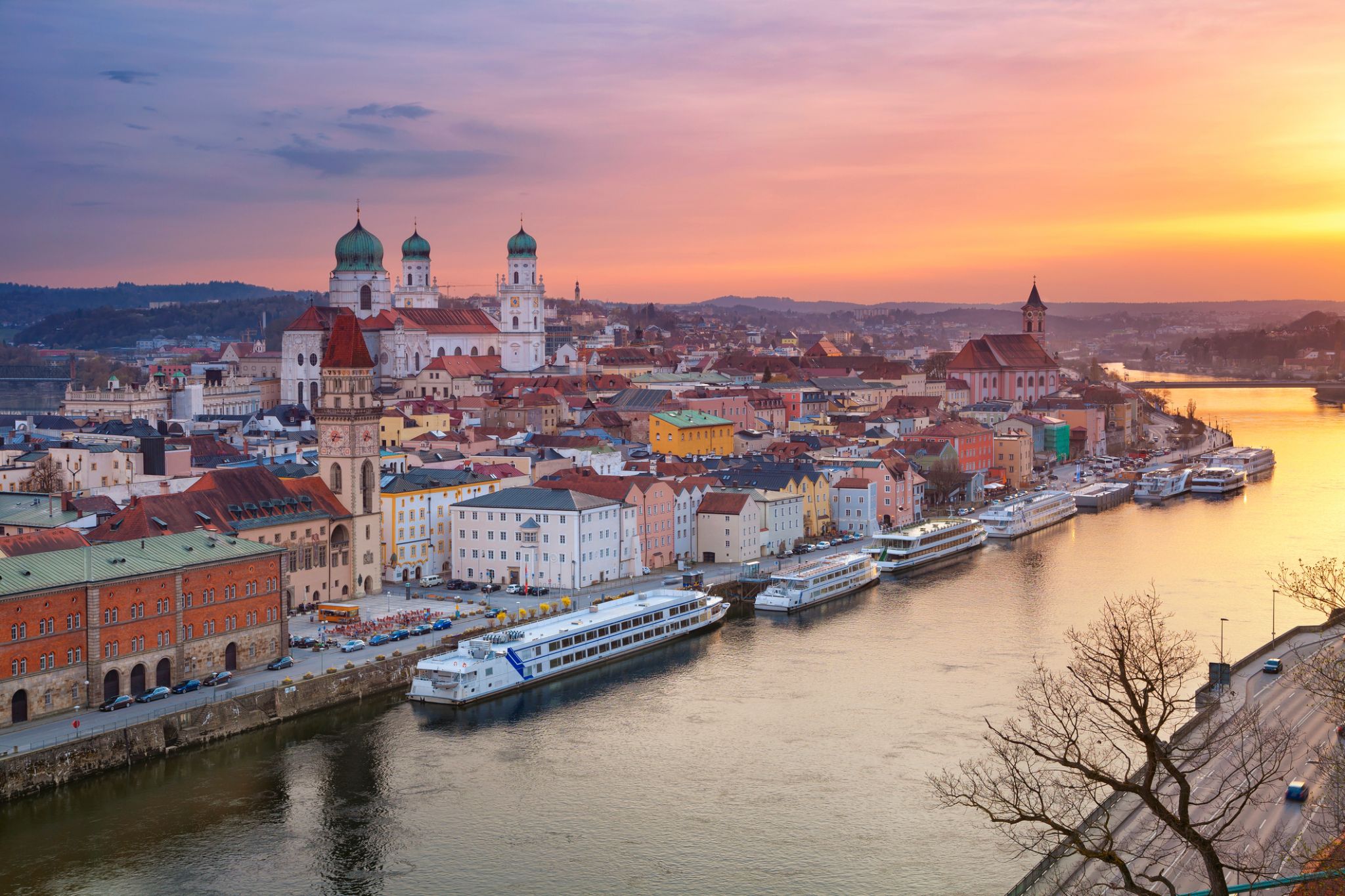

Bratislava is the capital of Slovakia. With a population of about 425,000, it is one of the smaller capitals of Europe but still the country's largest city. The greater metropolitan area is home to more than 650,000 people. Bratislava is in southwestern Slovakia, occupying both banks of the River Danube and the left bank of the River Morava. Bordering Austria and Hungary, it is the only national capital that borders two sovereign states.
The city's history has been strongly influenced by people of different nations and religions, namely (in alphabetical order) Austrians, Bulgarians, Croats, Czechs, Germans, Hungarians, Jews, Serbs and Slovaks. It was the coronation site and legislative center of the Kingdom of Hungary from 1536 to 1783, and has been home to many Slovak, Hungarian and German historical figures.
Bratislava is the political, cultural and economic centre of Slovakia. It is the seat of the Slovak president, the parliamentand the Slovak Executive. It has several universities, and many museums, theatres, galleries and other cultural and educational institutions. Many of Slovakia's large businesses and financial institutions have headquarters there.
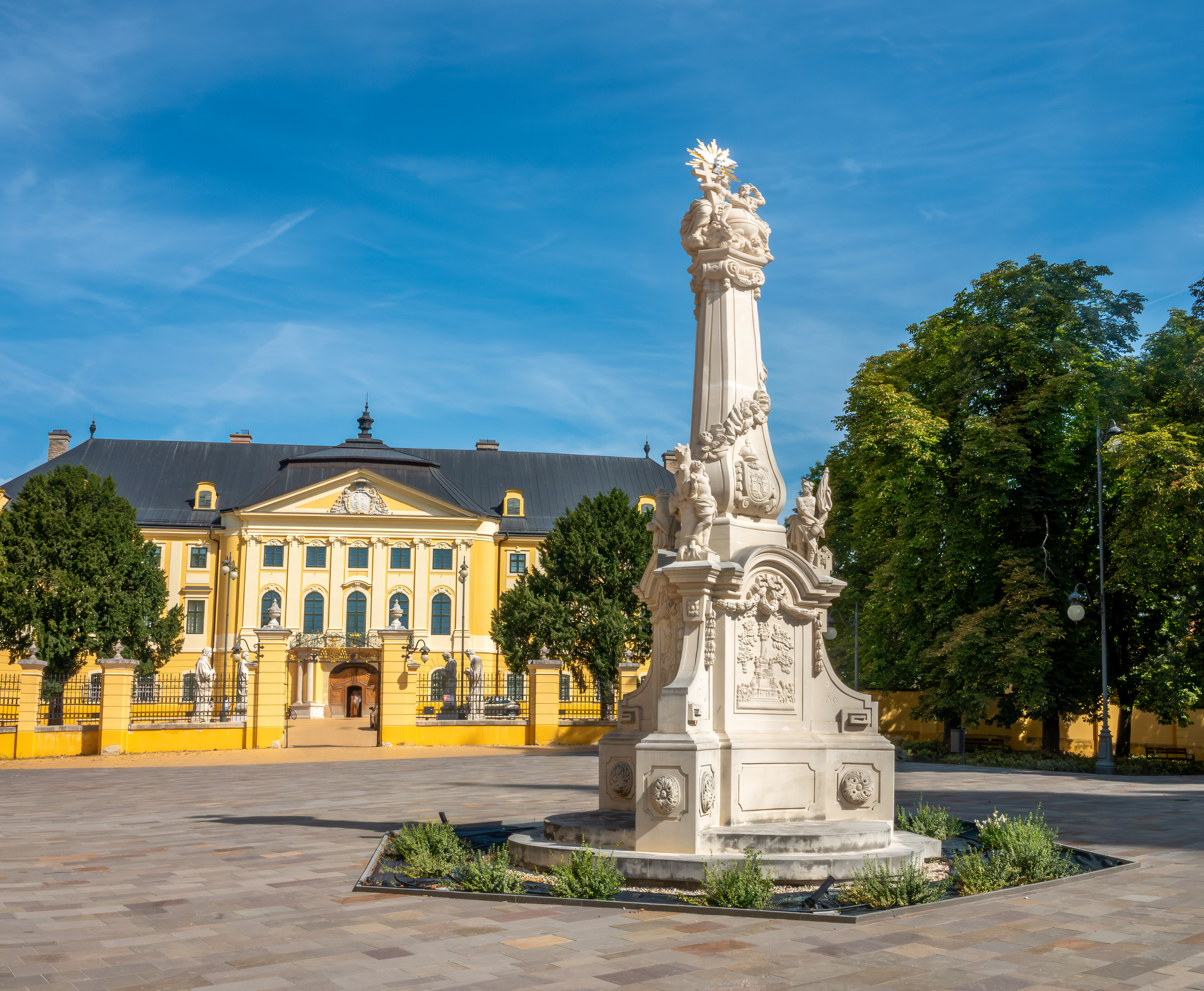
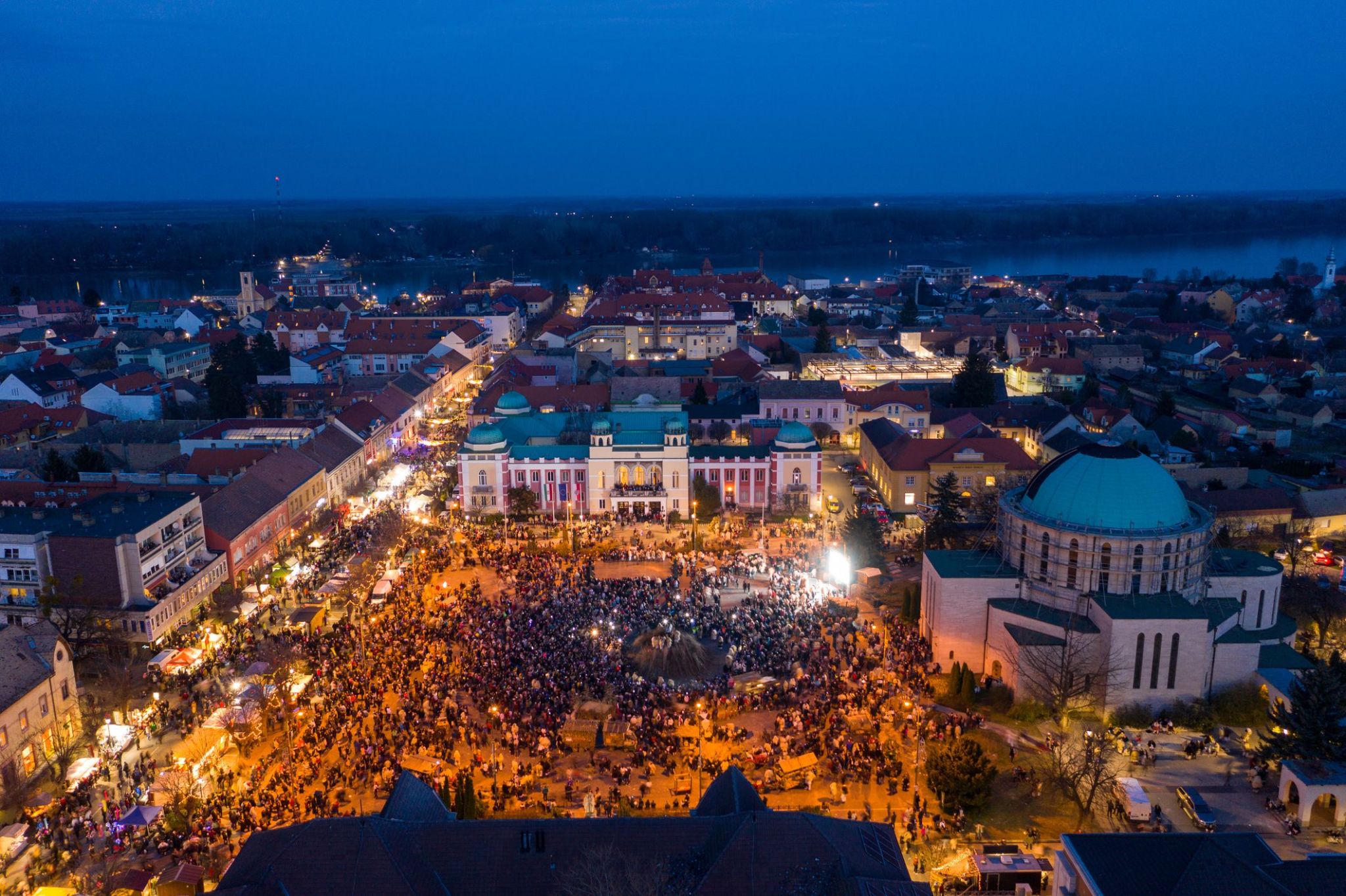
Դանուբ գետի ափին հարմարավետ տեղակայված Մոհաչը հրավիրում է ճանապարհորդներին բացահայտելու հունգարական պատմության քիչ հայտնի, սակայն տպավորիչ էջ։ Այս քաղաքը խորհրդանշում է վճռորոշ իրադարձություններ, այդ թվում՝ 1526 թ․ հայտնի ճակատամարտը, որը խորապես ազդել է Կենտրոնական Եվրոպայի պատմության վրա։ Պատմական նշանակությունից բացի՝ Մոհաչը հմայում է նեղ փողոցներով, հին շինություններով և ջերմ, գրեթե գյուղական մթնոլորտով։
Քաղաքը հատկապես կենդանանում է ավանդական Բուշոյարաշ փառատոնի ժամանակ, որը ընդգրկված է ՅՈՒՆԵՍԿՕ-ի ոչ նյութական մշակութային ժառանգության ցանկում։ Այդ օրերին փողոցները լցվում են դիմակներով, պարերով ու հնագույն ծեսերով, որոնք իրենց արմատները վերցնում են սլավոնական և հունգարական առասպելներից։ Ուղղակի ավելացրեք հարմարավետ սրճարաններ, գետի ափին զբոսանքներ և տեղական գինեգործություններ — և Մոհաչը կդառնա իդեալական կանգառ իսկական տպավորությունների սիրահարների համար։
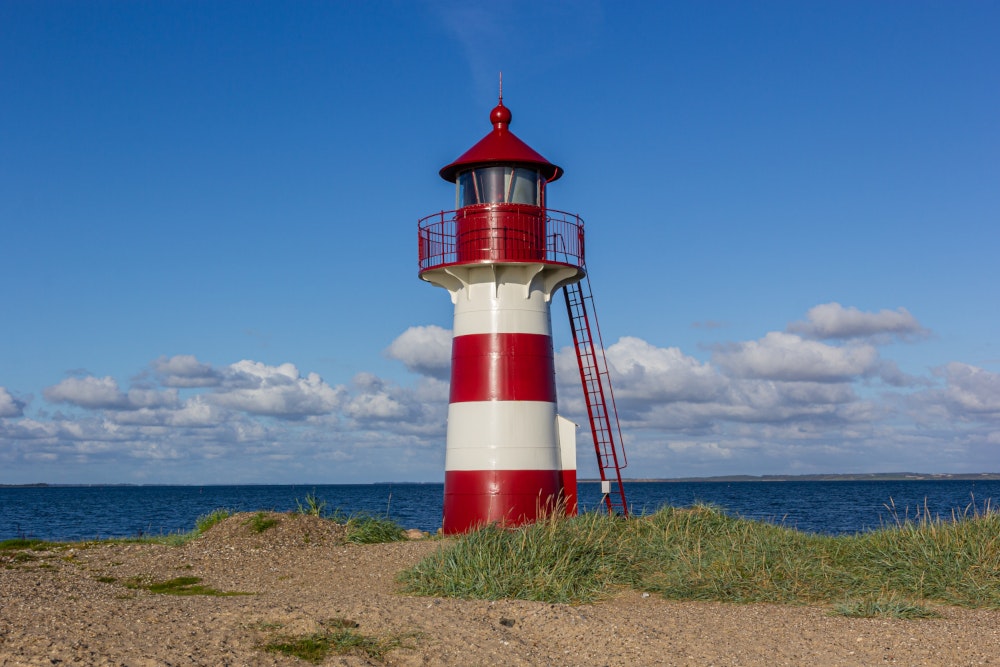
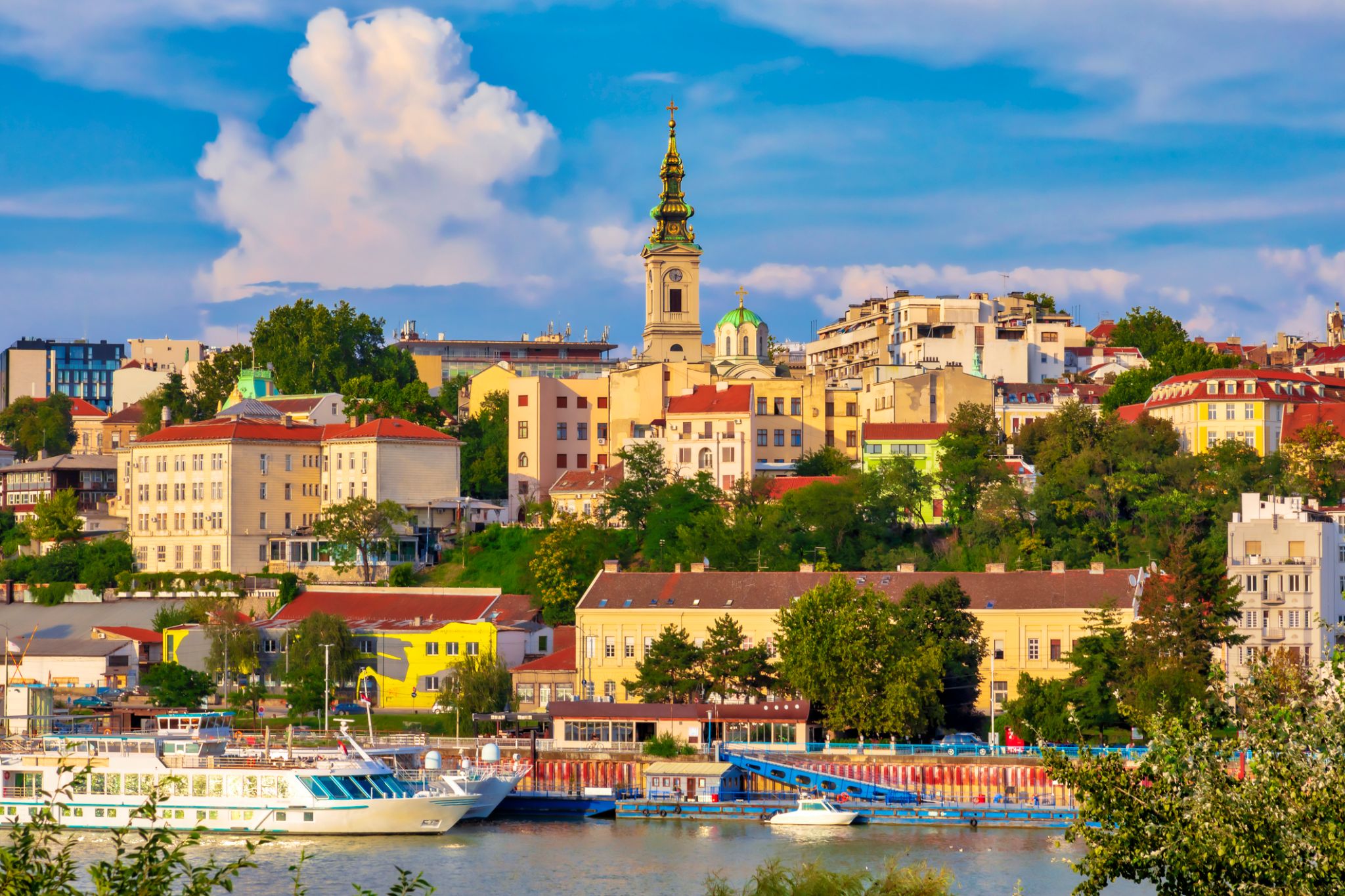

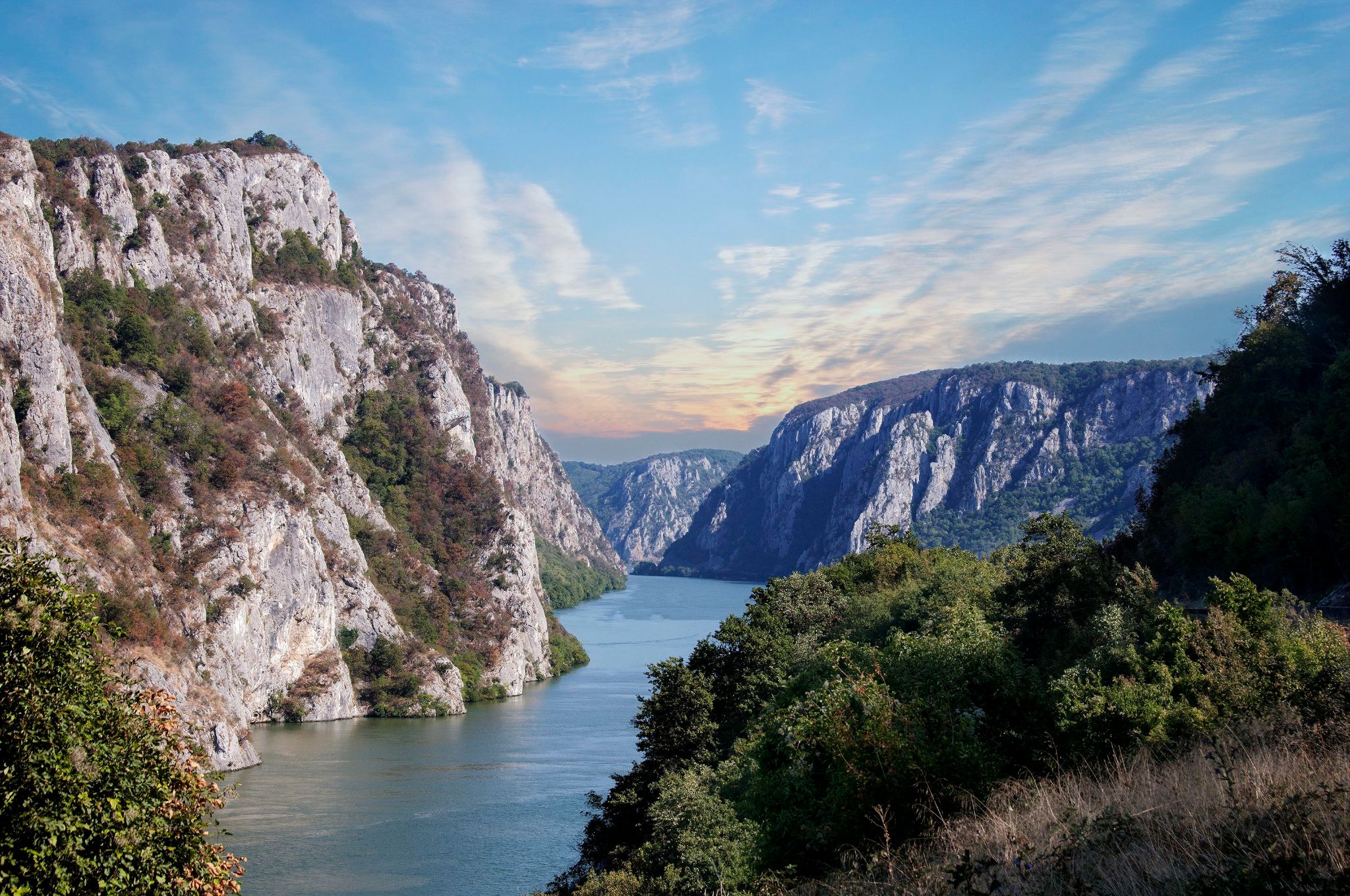
Դոնի Միլանովացին գտնվում է Սերբիայի արևելքում՝ Դանուբ գետի ափին, շրջապատված Ջերդապ ազգային պարկի հիասքանչ բնապատկերներով։ Այս հմայիչ քաղաքը գրավում է զբոսաշրջիկներին իր բնական խաղաղությամբ, գետի տեսարանով և մոտիկությամբ Դանուբյան կիրճի ամենատպավորիչ հատվածներից մեկին։ Մոտակայքում է Լեպենսկի Վիր հնագիտական համալիրը, որտեղ հայտնաբերվել են ավելի քան ութ հազար տարվա պատմություն ունեցող հնագույն քաղաքակրթության հետքեր։
Քաղաքը հիանալի է հանգիստ արձակուրդի, գետի ափով զբոսանքների և տարածաշրջանի ավանդույթների ծանոթանալու համար։ Բնության սիրահարները կվայելեն էկոտուրիզմի, ձկնորսության և նավակներով զբոսնելու հնարավորությունները։ Երեկոյան այստեղ ամեն ինչ դառնում է հեքիաթային՝ արևը մայր է մտնում բլուրների հետևում և արտացոլվում Դանուբի խաղաղ ջրերում։ Դոնի Միլանովացին իսկական գանձ է նրանց համար, ովքեր փնտրում են իսկական մթնոլորտ, բնության հետ ներդաշնակություն և ջերմ ընդունելություն։
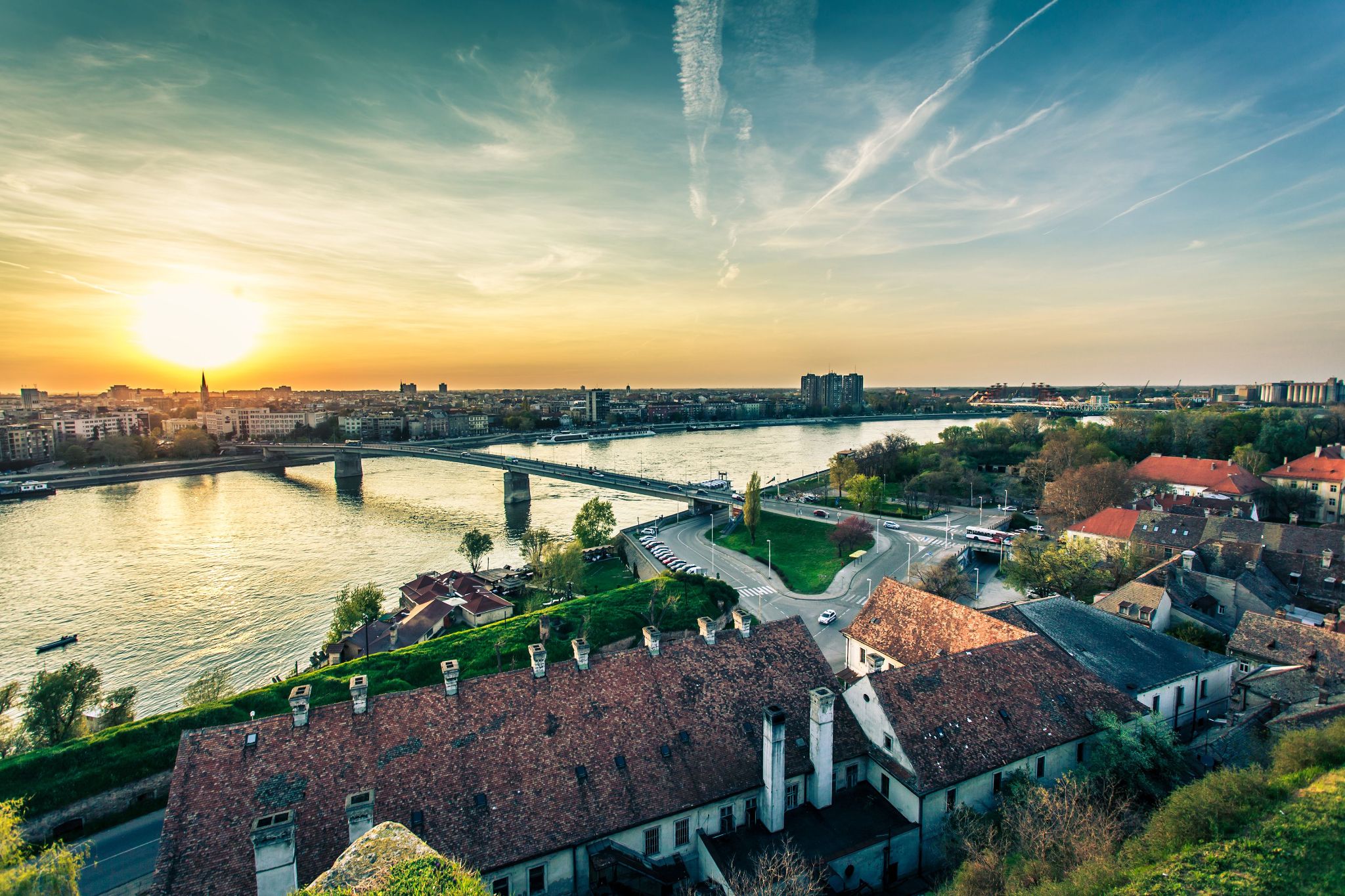
Այնտեղ, որտեղ Դանուբը նրբորեն ծածկում է հին ամրոցները, Նովի Սադը դիմավորում է այցելուներին իր հմայիչ հին փողոցներով և հանգիստ բոհեմական մթնոլորտով: Սա սերբական քաղաք է, որը գտնվում է Ֆրուշկա-Գորա լեռան ստորոտում, և հայտնի է իր պատմության, մշակույթի և բնության համակցությամբ: Նովի Սադը ոչ միայն երկրի մշակութային մայրաքաղաքն է, այլ նաև Սերբիայի ամենամեծ կանաչ քաղաքներից մեկը, որտեղ կան հանգիստ այգիներ և պանորամային տեսարաններ գետին:
Հատուկ ուշադրություն պետք է դարձնել Պետրովարադին ամրոցին՝ XVIII դարի հոյակապ կառույցին, որը ոչ պաշտոնապես կոչվում է «Դանուբի Գիբրալթարը»: Ամեն տարի այստեղ տեղի է ունենում հայտնի EXIT երաժշտական փառատոնը, որը հավաքում է ժամանակակից երաժշտության սիրահարներին ամբողջ աշխարհից: Նովի Սադի կենտրոնում զբոսնելիս, զբոսաշրջիկները բացահայտում են հունգարական, ավստրիական և Բալկանյան ժառանգությունը, որն արտացոլվում է ճարտարապետության, խոհանոցի և տեղական բնակիչների հյուրասիրության մեջ:
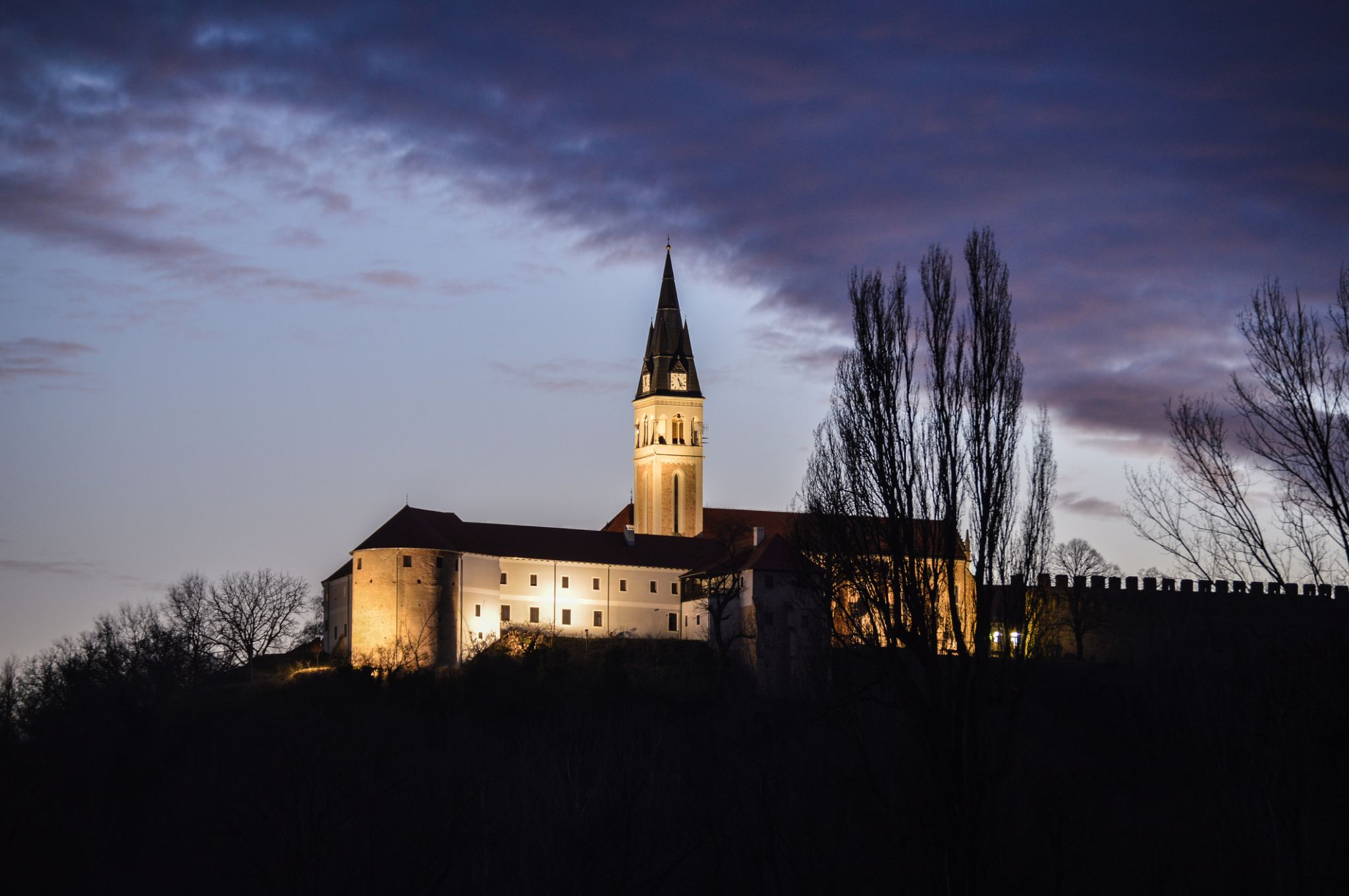


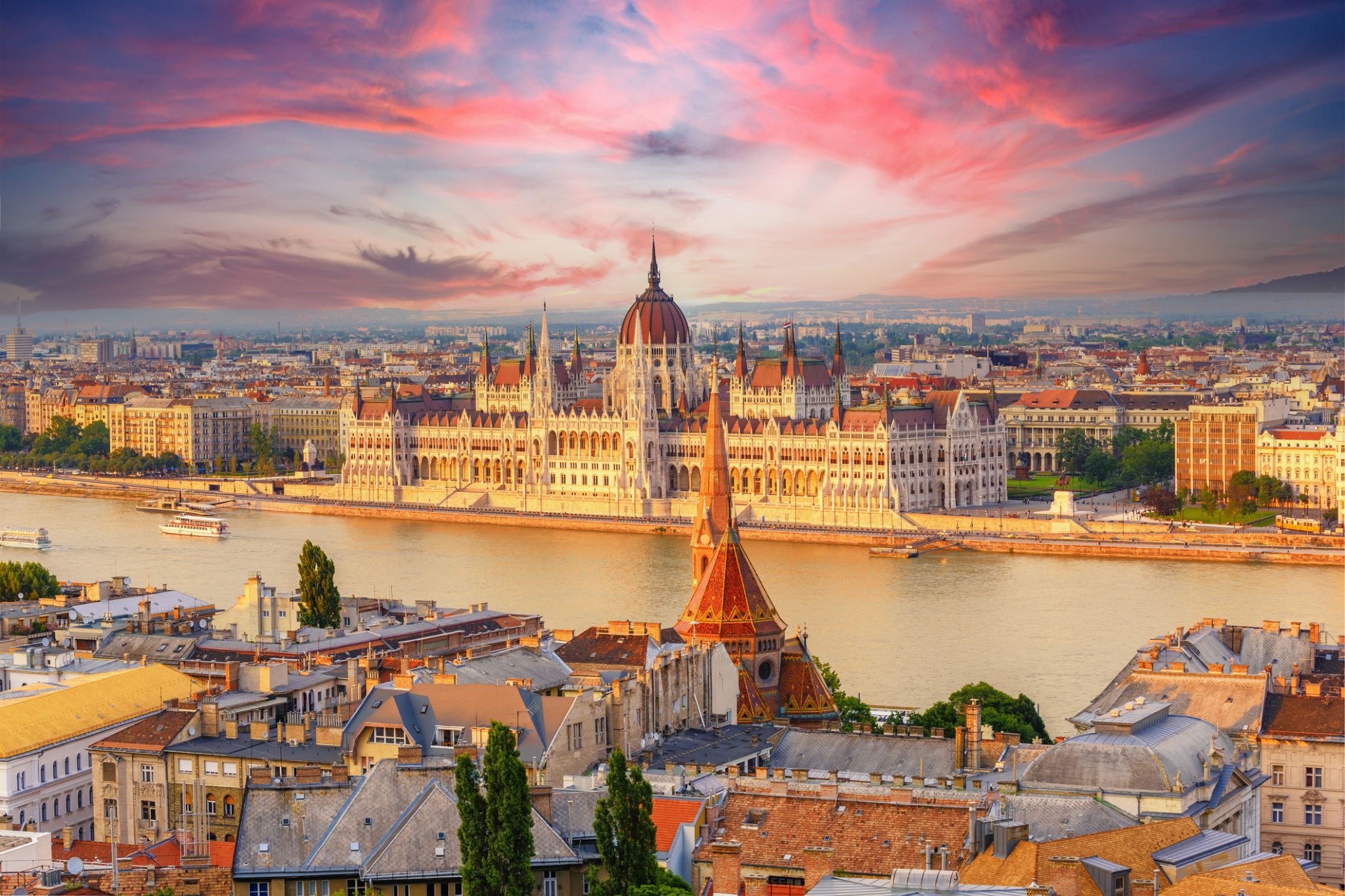
the capital of Hungary, in the northern central part of the country; population 1,712,210 (2009). It was formed in 1873 by the union of the city of Buda on the right bank of the Danube River with the city of Pest on the left.
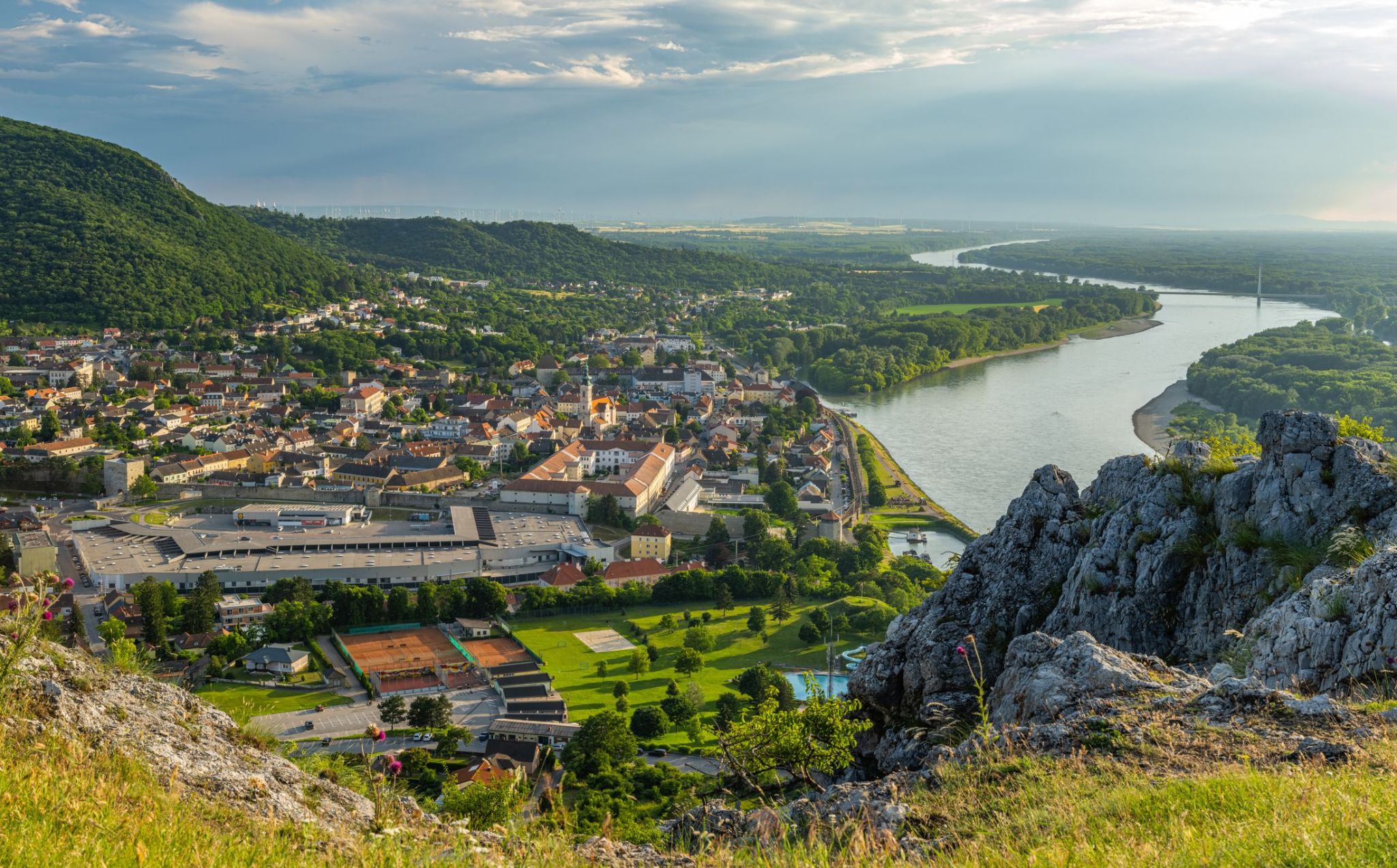

Vienna is the federal capital and largest city of Austria, and one of the nine states of Austria. Vienna is Austria's primate city, with a population of about 1.9 million (2.6 million within the metropolitan area, nearly one third of Austria's population), and its cultural, economic, and political centre. It is the 7th-largest city by population within city limits in the European Union. Until the beginning of the 20th century, it was the largest German-speaking city in the world, and before the splitting of the Austro-Hungarian Empire in World War I, the city had 2 million inhabitants. Today, it has the second largest number of German speakers after Berlin.Vienna is host to many major international organizations, including the United Nations and OPEC. The city is located in the eastern part of Austria and is close to the borders of the Czech Republic, Slovakia, and Hungary. These regions work together in a European Centrope border region. Along with nearby Bratislava, Vienna forms a metropolitan region with 3 million inhabitants. In 2001, the city centre was designated a UNESCO World Heritage Site. In July 2017 it was moved to the list of World Heritage in Danger.
Apart from being regarded as the City of Music[ because of its musical legacy, Vienna is also said to be "The City of Dreams" because it was home to the world's first psychoanalyst – Sigmund Freud. The city's roots lie in early Celticand Roman settlements that transformed into a Medieval and Baroque city, and then the capital of the Austro-Hungarian Empire. It is well known for having played an essential role as a leading European music centre, from the great age of Viennese Classicism through the early part of the 20th century. The historic centre of Vienna is rich in architectural ensembles, including Baroque castles and gardens, and the late-19th-century Ringstraße lined with grand buildings, monuments and parks.
Vienna is known for its high quality of life. In a 2005 study of 127 world cities, the Economist Intelligence Unit ranked the city first (in a tie with Vancouver and San Francisco) for the world's most liveable cities. Between 2011 and 2015, Vienna was ranked second, behind Melbourne. In 2018, it replaced Melbourne as the number one spot. For eight consecutive years (2009–2016), the human-resource-consulting firm Mercer ranked Vienna first in its annual "Quality of Living" survey of hundreds of cities around the world, a title the city still held in 2016. Monocle's 2015 "Quality of Life Survey" ranked Vienna second on a list of the top 25 cities in the world "to make a base within."
The UN-Habitat classified Vienna as the most prosperous city in the world in 2012/2013. The city was ranked 1st globally for its culture of innovation in 2007 and 2008, and sixth globally (out of 256 cities) in the 2014 Innovation Cities Index, which analyzed 162 indicators in covering three areas: culture, infrastructure, and markets. Vienna regularly hosts urban planning conferences and is often used as a case study by urban planners.
Between 2005 and 2010, Vienna was the world's number-one destination for international congresses and conventions. It attracts over 6.8 million tourists a year.
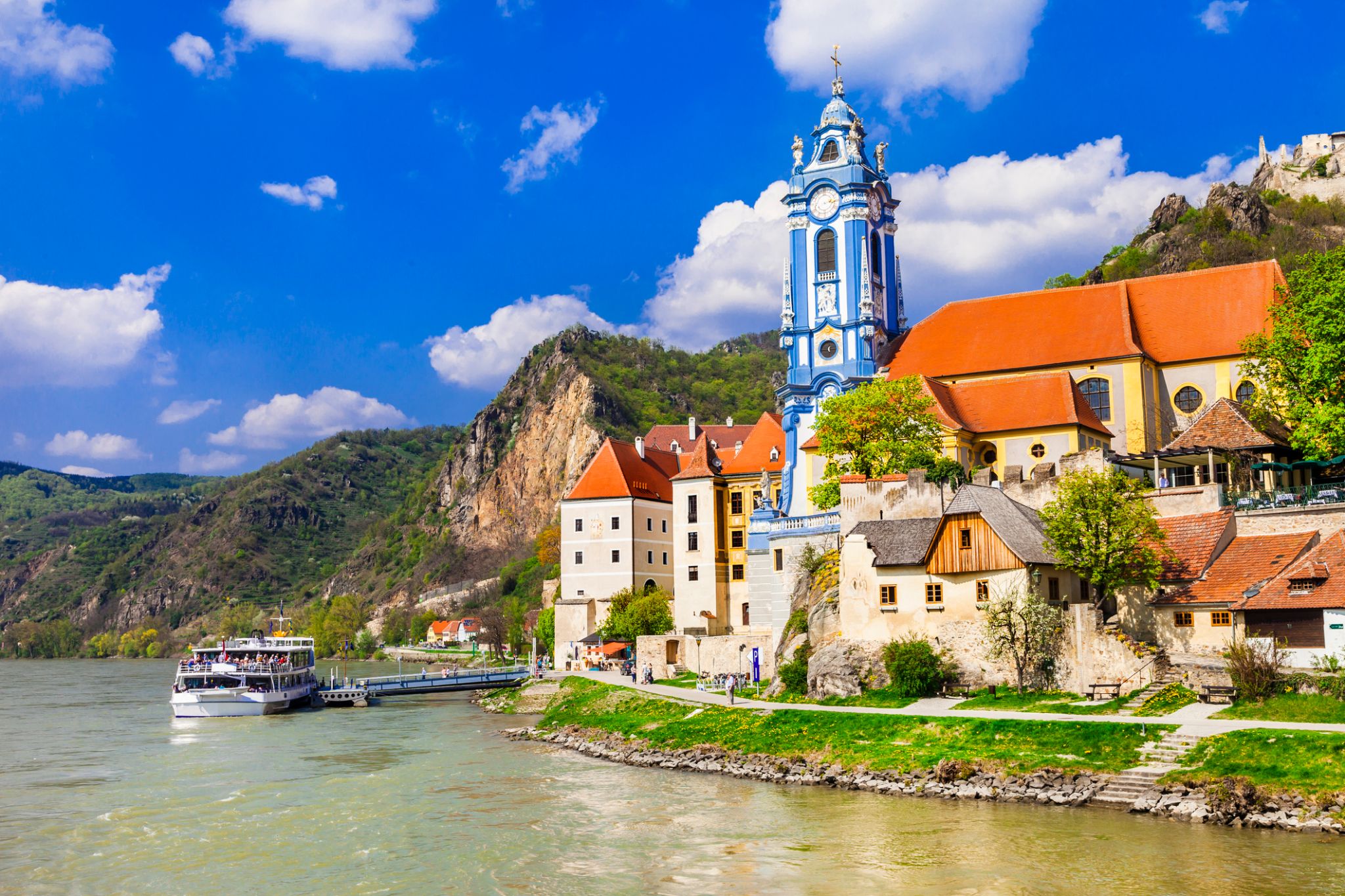
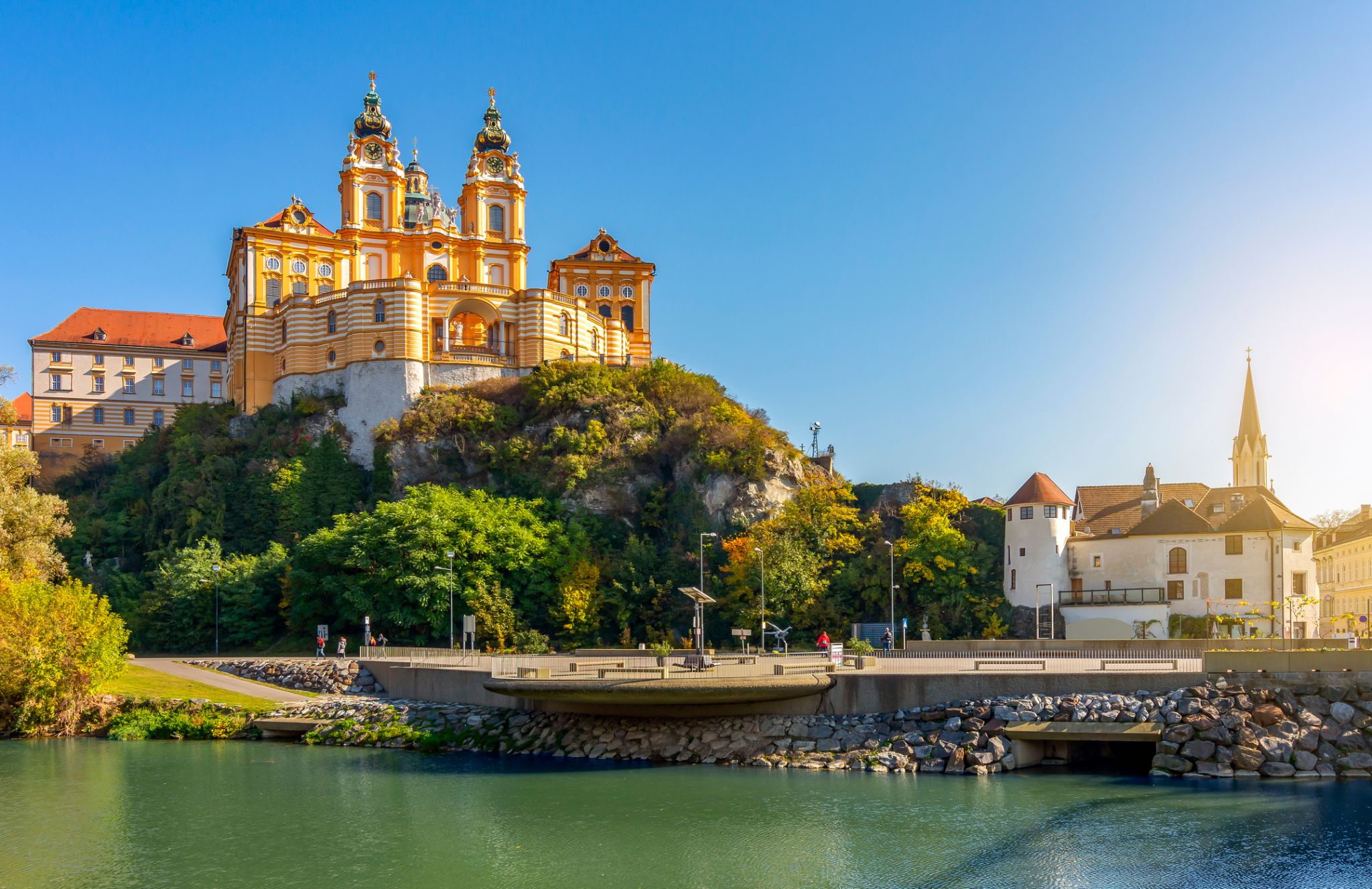
Melk is a city of Austria, in the federal state of Lower Austria, next to the Wachau valley along the Danube. Melk has a population of 5,257 (as of 2012). It is best known as the site of a massive baroque Benedictine monastery named Melk Abbey.
The town is first mentioned as Medilica in 831 in a donation of Louis the German; the name is from a Slavic word for 'border.' The area around Melk was given to Leopold I, Margrave of Austria, in the year 976 to serve as a buffer between the Magyars to east and Bavaria to the west. In 996 mention was first made of an area known as Ostarrîchi, which is the origin of the word Österreich (German for Austria). The bluff which holds the current monastery held a Babenberger castle until the site was given to Benedictine monks from nearby Lambach by Leopold II, in 1089. Melk received market rights in 1227 and became a municipality in 1898. In a very small area, Melk presents a great deal of architectural variety from many centuries.
